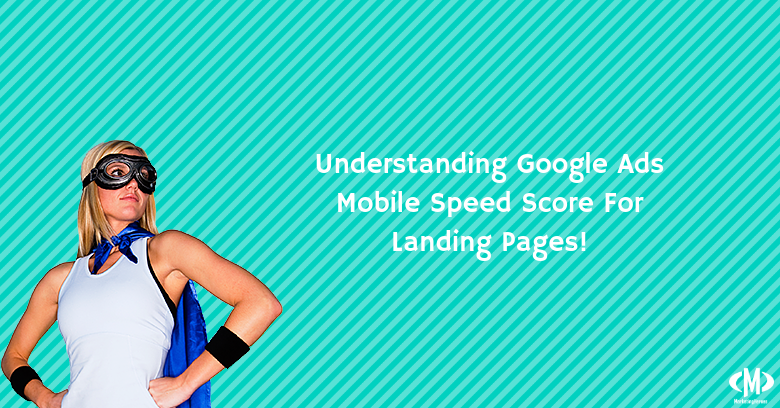
Getting the most from online paid advertising such as pay-per-click (PPC) campaigns requires understanding how these campaigns function. There are a number of ways to analyze the data generated from PPC efforts to determine whether or not the campaign is profitable, or if changes need to be made. By using the following basic formulas, marketing managers can calculate their return on investment (ROI) for PPC campaigns and monitor them to make adjustments as necessary.
ROAS - Return on Ad Spend
Return on Ad Spend or ROAS considers advertising costs, looking at whether the business has brought in more revenue than the money spent on advertising. To determine this, it is first necessary to ascertain the total conversion value and the total cost of advertising. This is accomplished by subtracting the advertising cost from the total conversion value. The resulting number will either be a positive or negative one. This should illustrate whether or not the campaign has provided enough returns over the cost of the advertising.
ROI - Return on Investment
A Return on Investment or ROI is one step beyond an ROAS, taking into consideration more than just advertising costs; it looks at all the costs of doing business. The formula is exactly the same except that in includes involved all costs, not just the cost of advertising. At the very lease, a PPC campaign must generate enough revenue for pay for its own ad costs. The goal of any PPC campaign is always to generate enough revenue to have a positive ROI.
Cost per Conversion
An even more detailed way to determine if a specific PPC campaign is actually working, when compared to other paid marketing campaigns, is to determine the cost of conversions from those campaigns based on form submissions. By calculating the cost of generating a form submission that actually converts, PPC managers can judge their campaign’s performance more accurately. Using the average cost of conversion - or a form submission that actually converts - divide this by the number of form submissions that actually turn into sales. The resulting amount is the cost for one conversion in that campaign. Reducing the cost per conversion requires increasing the number of form submissions that actually convert.
Profit Per Impression or Click
A good way to measure the effectiveness of a PPC campaign and if the current keywords and other campaign specifics are working is to calculate profit per ad impression or profit per click. Calculate profit per impression by dividing revenue profit by the number of impressions and calculate the profit per click by dividing the revenue profit by the number of ad clicks. Knowing these numbers help PPC managers gauge whether campaigns are correctly targeted and using the right keywords. When profit goes up and number of clicks or impressions goes down, the campaign is experiencing greater efficiency, which translates to a lower cost for paid advertising and higher rewards.
All of the four different types of calculations used to determine different types of ROI are important as each one addresses different things. When calculating the success of any paid advertising campaign, PPC managers should compare all profits or losses and analyze what this means in terms of the individual calculation and the bigger advertising picture. The goal of any PPC campaign is to spend the least amount on advertising to generate the most revenue. This requires careful campaign monitoring and knowing where and when to make changes for the best results!
Need Paid Advertising Help In College Station TX?
The Pros At Marketing Heroes Can Help!
Call Us At 979-364-0584!
Additional Articles:
Looking Closely at Social Media Marketing Benefits!
Other Methods to Help You SEO Dominate Page 1 Ranking!
Great Content - Increase its Value with Great SEO Efforts!
